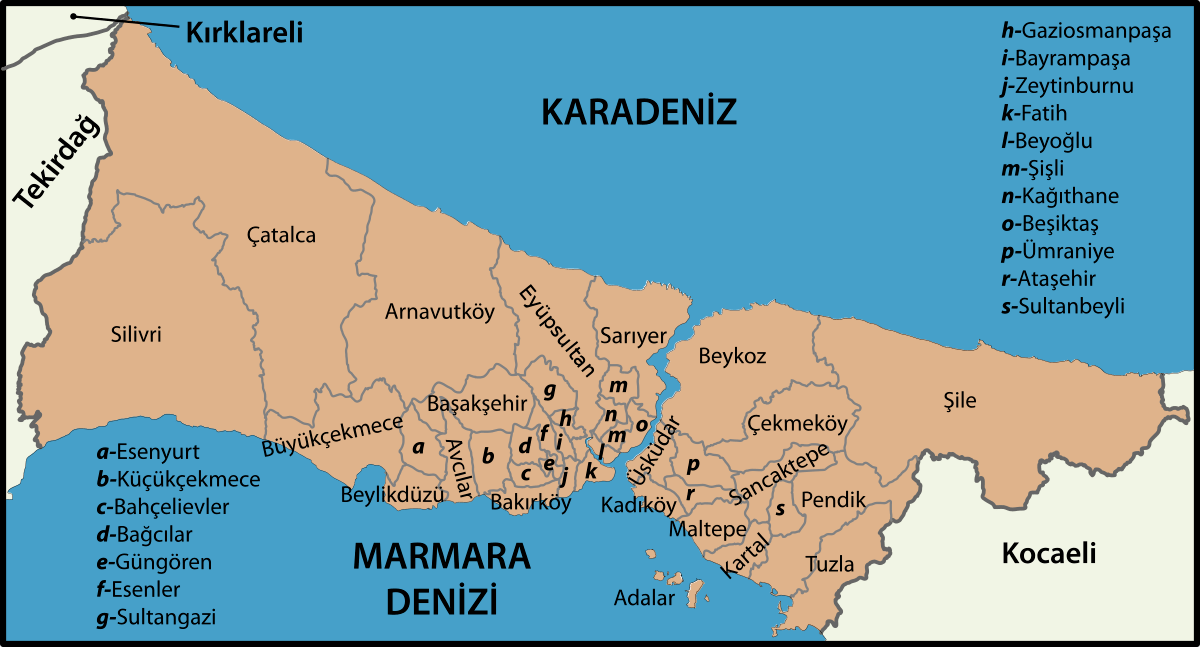Istanbul is a popular city with many neighborhoods to choose from. It offers options for every budget and is a dream come true for millions of ex-pats. In this article, I will highlight the best places to live in Istanbul based on personal experience and feedback from other ex-pats. Join me and let’s explore.
Best Places to Live in Istanbul
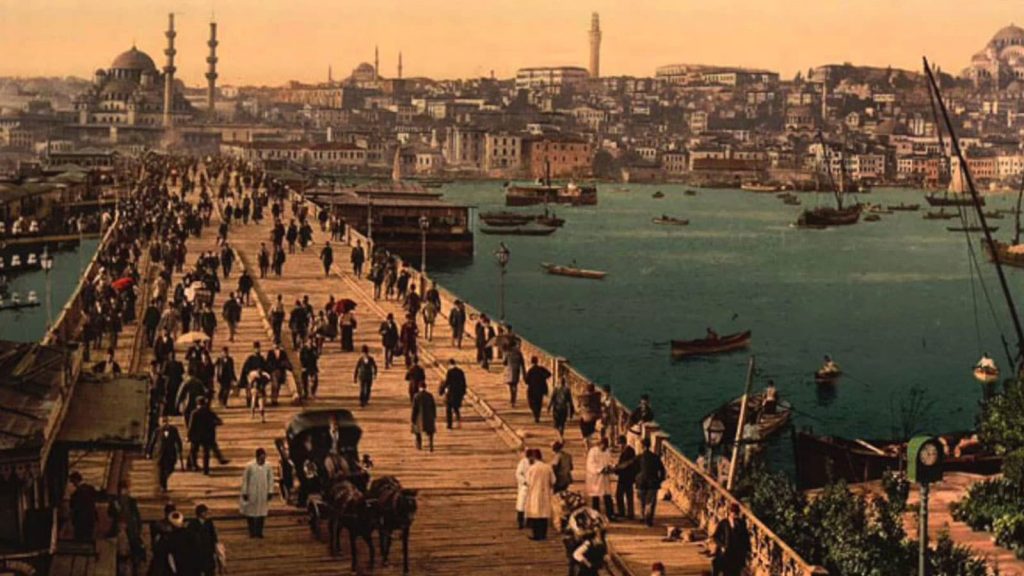
When choosing a place to live in Istanbul, consider factors like transportation, amenities, and proximity to schools, work, and social centers. Access to public transportation is important. Also, consider the availability of supermarkets, shopping malls, and hospitals. Lastly, think about the investment value of the property.
1. Kadikoy: The New Cool
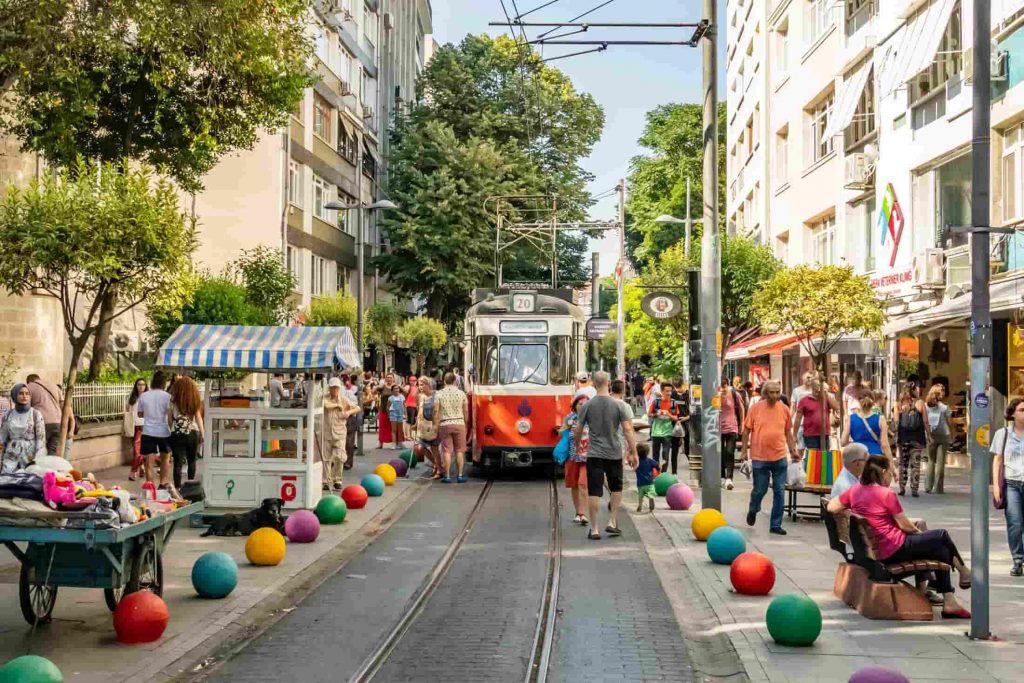
Named after a historical poem by the Persian writer in the Circus era, Megabazus, who named this area, the land of the blind. It is said that in centuries ago, the settlements from the eastern regions, intended to migrate there following a miracle that implied them to follow the blind, a man among the settlements. The Kadikoy is the most known neighborhood in the Anatolian, or Asian side of Istanbul, with lots of entertaining centers and shopping areas. It is also a great place to reside, as lots of Turkish celebrities choose here because of the lower population density of the smooth weather.
The Kadikoy is a stretched area on the eastern shore of the Bosporus strait in the east, and the Marmara Sea in the south. This is the reason behind the high rate of humidity, and the level of rain in the area. In terms of historical monuments, and universities, it got its own place, and there are a good number of educational centers and universities. However, the neighborhood is mostly known for its district, the Moda, which is similar to London design, and many highly prestigious residents and tourists gather there, around the bar and cafe tables to discuss the poem, history, politics, and art.
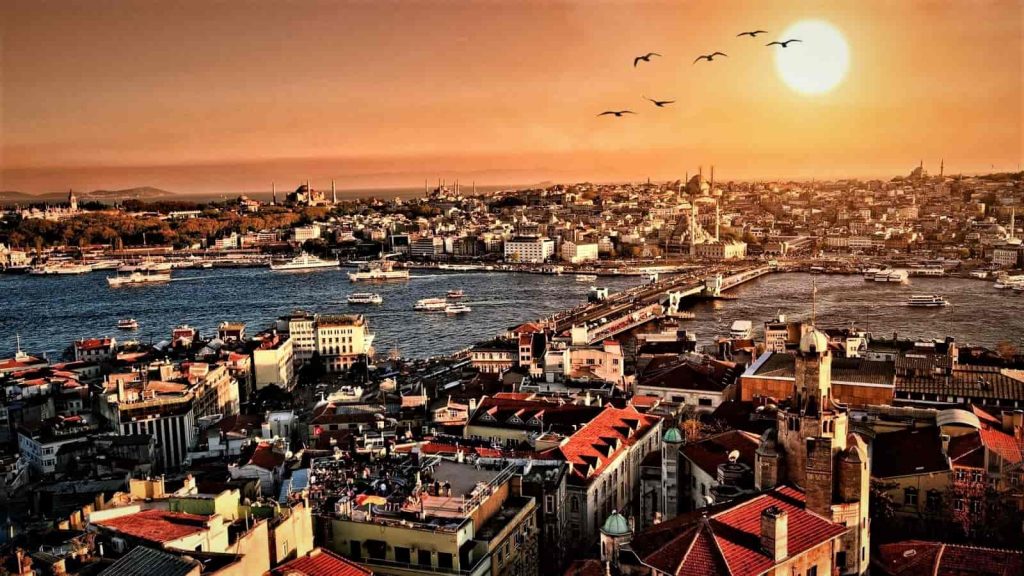
It has a reasonable cost of living there as the price of hotel rental is slightly lower than on the other side of the shore, on the European side. There are fewer towers and high-end buildings, which provide a good flow of winds from the north, via the Black Sea. As a neighborhood, Kadikoy owns the longest beach line, exceeding 20 KM, covered by many facilities, from the harbor to market and sightseeing views. It is connected to the Beşiktaş via the 15 July Martyrs Bridge.
The Kadikoy has the nearest harbor for visiting the four main Istanbul Islands. You can use the Bostancı (Ş.Hatları) to do so. Pay attention to the timing as each hour might be only one boat ferry, maximum at 9 PM. The area has an Opera house, the Sureyya Opera, Kadıköy Bull Statue, and Bostanci Pier.
The Kadikoy is mainly connected to the Istanbul Western side through the D-100 Highway, which enables trading and tourist commuting. However, most of the residents in this area use boat ferries for their daily transportation. If you are seeking to experience a mere port living, I strongly suggest you choose the Kadikoy for the sake of residency. Also, consider the population density which surpassed 500,000 recently.
2. Beşiktaş: an Observatory to the Anatolian Side
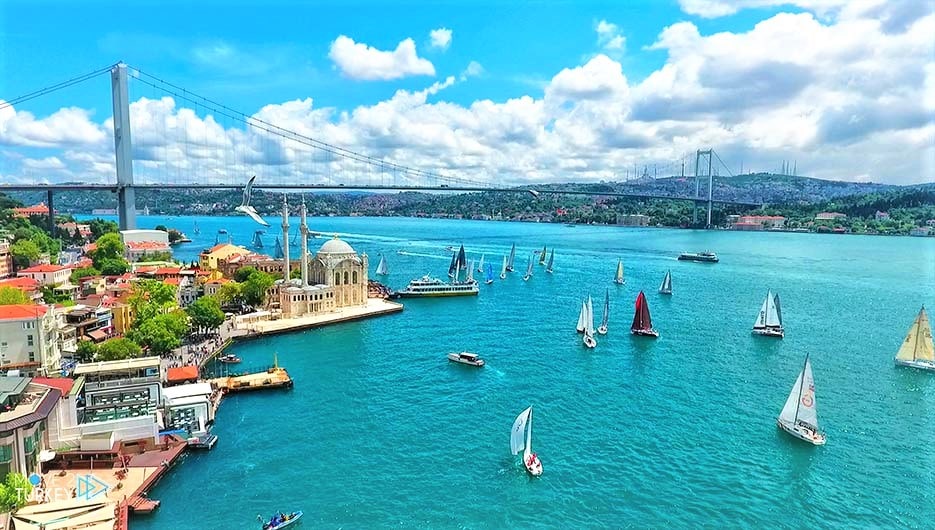
It is the foremost neighborhood in terms of the human development index due to the highest educational level and average income. The Beşiktaş neighborhood despite being a small area, owns fabulous sightseeing and very luxurious apartments and mansions, facing the Bosporus strait at the west which makes it a very humid area in summer but gifts it a cool and tolerable winter.
In regard to the name of Beşiktaş, there are several ideas. One of the most accepted ones is the story of a Greek church here named Kounopetra, the ‘Stone of Cradle” translated to English. The Beşiktaş is a two-pieced name, Beşik means cradle, and taş means stone. Another story is about clergy who come to the Beşiktaş with a cradle shape stone that baptized Jesus in it.
The area faced numerous political incidents. It is said that the neighborhood was the residential place of the mother of Ataturk, the father of Modern Turkey, Zübeyde Hanım. In addition, the Saudi Arabia consulate used to be there where the horrible assassination of Jamal Khashoggi, the Saudi Journalist took place there, which made the relocation of the consulate to another area.
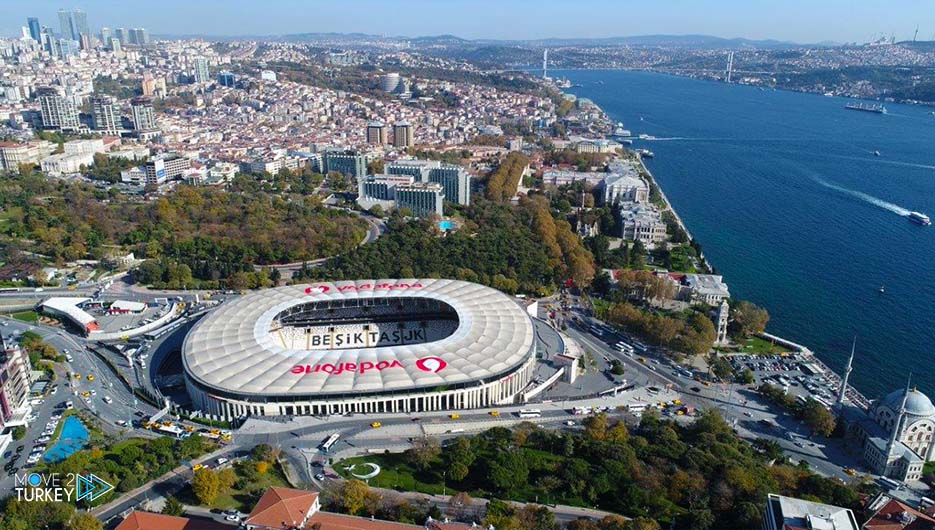
The area is congested with monumental and historic structures, such as Dolmabahçe Palace, the museum of Ihlamur Kasırları, Yahya Efendi Mausoleum, Bebek Mosque, Yıldız Clock Tower, Tomb of Hayreddin Barbarossa, Dolmabahçe Clock Tower, and many more. In fact, due to the small coverage of the neighborhood, and the vast number of monuments, by just turning your head, you might see something historical.
The neighborhood owns a historical strength in terms of economical interactions. The area was placed with workers and businessmen in the very first place due to the Bosperious trait that facilitates the transportation of goods from other regions. Later on, the Barbaros Boulevard was constructed and become the trading area in Beşiktaş, and with the construction of Çarşı, translated as MarketPlace in English, and the Bosphorus Bridge turned the neighborhood into a place for trade in the actual life of Istanbul.
The area as said before has the highest human development index and that is the reason you will find a broad option of universities and high schools, especially in the majors of business, economy, and leadership. The skyscrapers and the headquarter of major Turkish Banks here made Beşiktaş a place for making money in the fastest way viable. The cost of living is lower than in Fatih, but still extremely higher than in other neighborhoods, as not everyone is comfortable paying rent here.
3. Beyoğlu: Where Fun and Culture Clashes
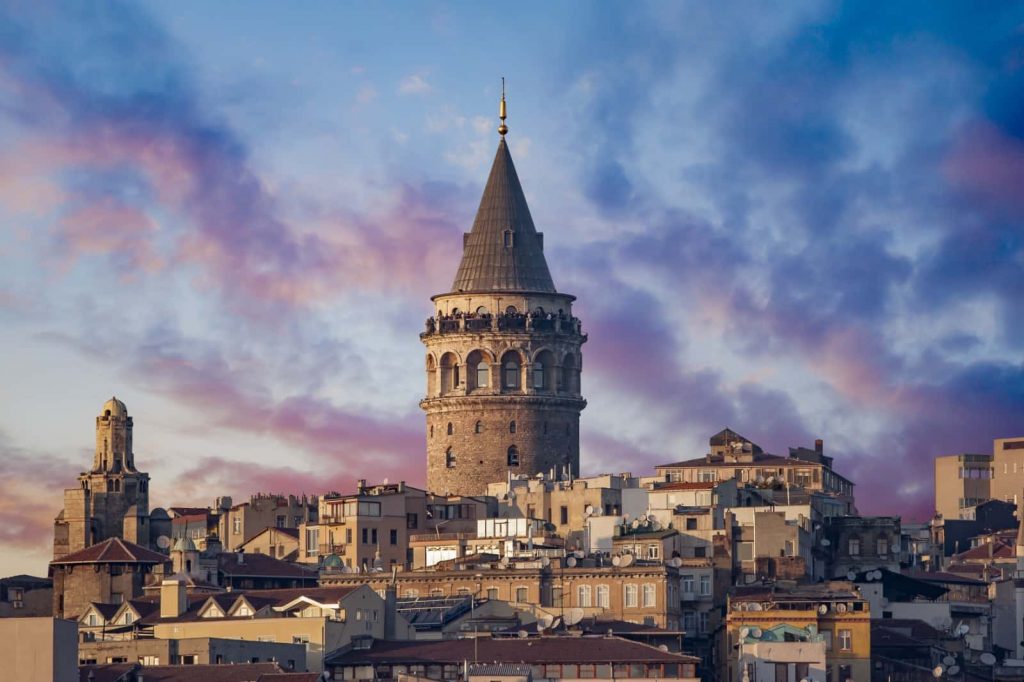
Somehow the most crowded place in Istanbul, due to placing in its heart, the most famous street in the whole of Turkey, the host of international tourists, the Taksim square and Istiklal Street. There are thousands of internationally recognized brands, bars, clubs, monuments, and of course, many consulates of embassies such as the Embassy of Italy.
The Beyoğlu referred to the Lodovico Gritti, a Venetian Politian and the name Beyoğlu is two separated pieces, Bey oğlu, The Son of Bey. Bey is an honorable title in Turkey given to figures who are wise in leadership. His mansion which is located in Taksim square was, later on, used for the consulate of Italy.
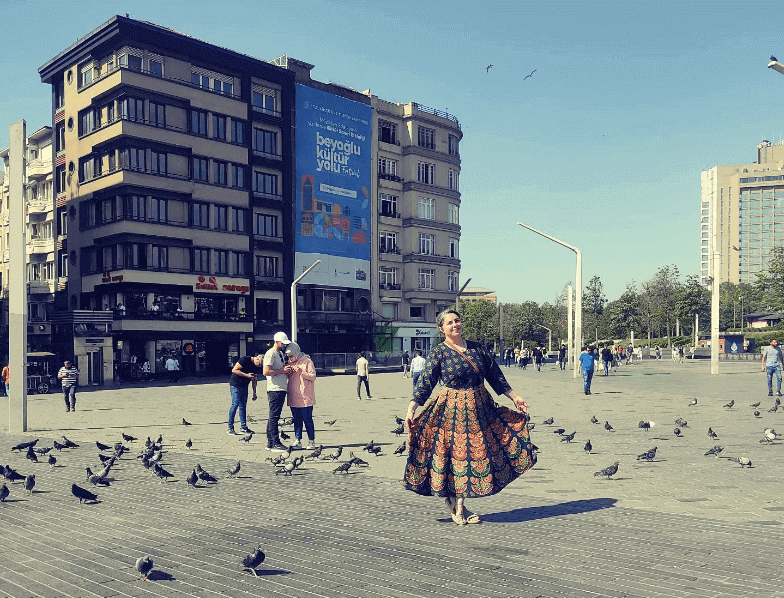
Beyoğlu consists of three districts with the very southern side staring at the edge of Golden Horn and it’s connected to the Old Town Istanbul by the bridge of Independence, the longest bridge in Turkey, length of more than two kilometers. The area has been the host of citizens of Western Europe and the Mediterranean regions of Europe such as Greece and Italy for centuries. That made the Beyoğlu a high-density cultural area and the holder of very consulates from Britain, Germany, Italy, Greece, Sweden, and Russia.
This area is one of the most crowded places in Istanbul, with a high rate of hotel rent due to the historical basis and monuments such as the Churches and the Galata Tower. The neighborhood has an extensive live night full of tourists who spend their night shopping, eating, drinking, and dancing along the streets of Cihangir and Refik Saydam, where plenty of pubs and cocktail clubs offer a diversity of tastes, from east to west.
Most of the residents here would have to tolerate the noisy nights all week long, and that is the reason the area is mostly covered with hotels than the residential areas. The cost of renting a hotel at night simply reaches 2000$ or even more. The price of goods, food, and stuff is tangibly higher, and could not be a great area for foreigners who are willing to reside long-term in Turkey. Keep in mind that the area will not access the resident permit to foreigners who purchase a home or invest here.
4. Bahçeşehir: The Symbol of Luxury
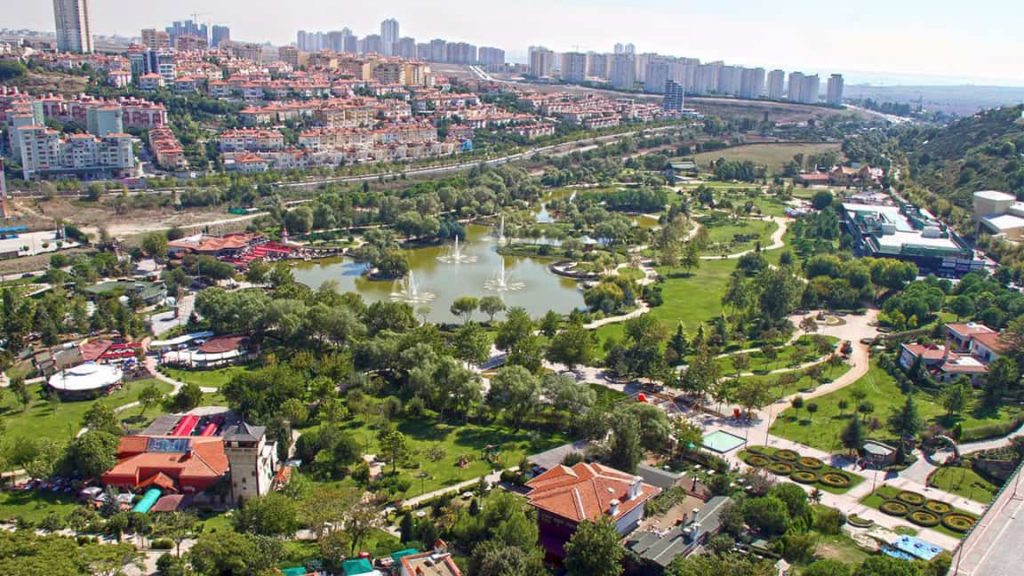
Also known as Başakşehir, is the most luxurious neighborhood in Istanbul, European side, with an intelligent design that awarded it as the first Satellite neighborhood in Istanbul. The Bahçeşehir is proud of itself as it hosts most of the highest social and economical figures in it, ending it becoming the most expensive place to reside.
Founded in 1994, it is holding one of the main motorways that link Istanbul to Europe, named Istanbul-Edirne railway passes from Istanbul to Sofia, and Bucharest. It is also called the Garden city because of the high green area per habitat index (12 square meters) compared to other neighborhoods.
It’s filled with coffee shops, parks, and social centers such as cinema and performance art. In the Northeast, it ends at the Sazlıdere Dam, and in the south to the Avcilar and Esenyurt, another neighborhood. It is a complex of Flats, suits, and spacious houses.
5. Üsküdar: A Conservative and Religious Majority
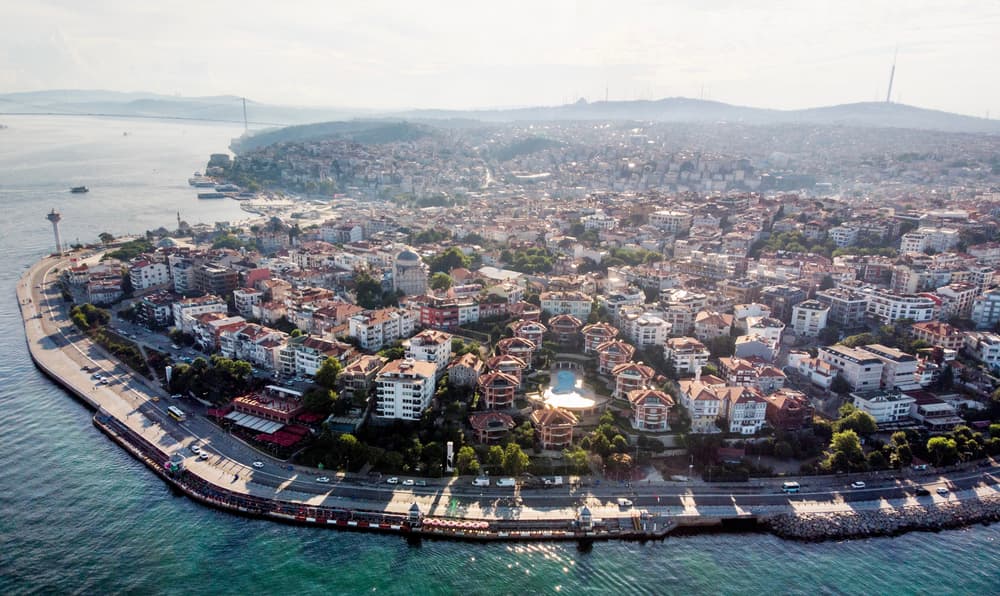
Üsküdar, the richest neighborhood in the Anatolian side of Istanbul, stretched from the Küçüksu Kasrı (Milli Saraylar) in the northeast point, to the Haydarpaşa Cemetery in its southeast point. The neighborhood had a long history of being invaded by different nations, from Persians to Arabs and the historical monuments are alive documents of it.
The area is knowns as the most conservative area in the metropolitan and the multiplicity of religious shrines, mosques, dargahs, churches, and tombs reveals the religious density of the Üsküdar.
The area owns one of the richest green areas among the other neighborhoods in Istanbul, with a population exceeding 500,000, mostly living on the shoreside, Camlica Hill, and Kuzguncuk district. The cost of living and the average rent for residential properties are known to be slightly higher in most of the Istanbul neighborhoods, usually because of the higher quality of living and less urban noise and pollution.
The Üsküdar climate is affected by the humidity initiated from the Marmara sea, the low pressured streams from Balcan, and the Black sea, turning it into a pleasant place to live, with moderately humid in summer, with an average of 25 Celcius degree, with humidity higher than other neighborhoods, and 7 Celcius degree in the winter.
The region as it said in the heading is granted with high religious density, owning 180 mosques, mainly constructed by the architecture, of the Mimar Cinan, who built many mosques which were mainly used for the Harem women in the Sultan Soleiman era. There are also dozens of churches belonging to the Greek Orthodox faith, and Armenian churches, belonging to the Gregory faith of Christianity. You may confront with tombs of other religious orders, from Sufism to Dervish.
Based on the experience of other foreigners living here, you would have really relaxing and peaceful life, with really less access to the nightlife rush like the one known in Istanbul’s European side, specially Fatih.
6. Şişli: Let the Culture in
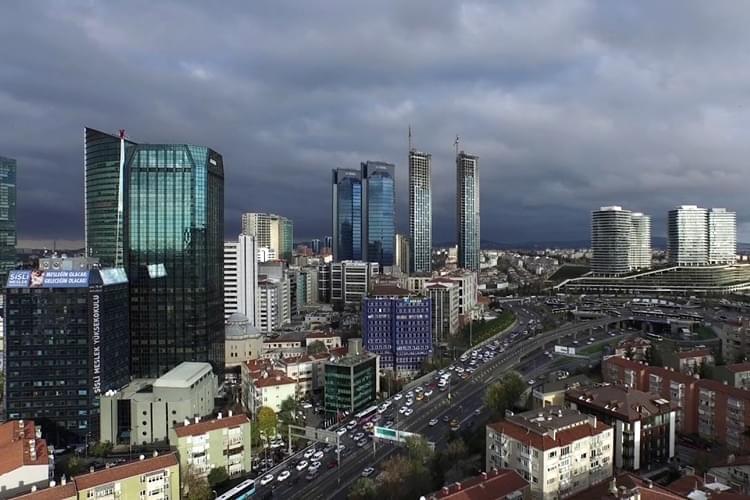
Foggy if translated into English, is the most important neighborhood for having fun and enjoying your time in the city of Istanbul. Located on the European side, it is forged symmetrically with another popular and wealthy inhabitants, the Beşiktaş.
The Şişli itself consists of 25 districts, ornamented with museums, and grade one shopping malls that sell nothing except French and Italian brands such as Gucci or Prada. This neighborhood governs the style and the entertainment by being the home of brands, cafés and bars, clubs, and joy centers. The Ataturk Museum, PERPA, a trade and exhibition hub, and in my personal view, the best place to rent a hotel, as the options in terms of price and facilities are broad.
Büyükdere Street is the most essential highway in Şişli, and half of the way, it passes side by side of Fatih forest and kisses the TEM highway. The neighborhood was one of the places where the French and Italians have been residing here since 1800, granting the area with churches, and French schools (Notre Dame de Sion French High School, and Saint Michel High School ). The area could be recognized as the first and perhaps still the most academic area in Istanbul, with a hand full of universities and technological institutions. No doubt the area skyrocketed in terms of housing prices and general cost of living.
If the cultural and artistic centers are something that absorbs you, then you came to the right place. In fact, the Şişli accompanies dozens of cultural centers in Istanbul. The Lütfi Kırdar Convention and Exhibition Center, Cemil Topuzlu Open Air Theatre, Harbiye Muhsin Ertuğrul Stage, and , Cemal Reşit Rey Concert Hall , are just the tip of iceberg in this regard.
The residential areas in its modern concept in Istanbul started from this area, 1870 were mansions and gardens surrounding houses, with Barcelona-style apartments and high prestigious avenues. The real estate market is scorching, and it has a highly congested population. That is the reason the mayor decided to overturn the resident permit facility is unavailable for the foreigners who seek to own a residency here. I should add that this neighborhood has no access to the seaside.
7. Beylikduzu: The Progression in a Windy Weather
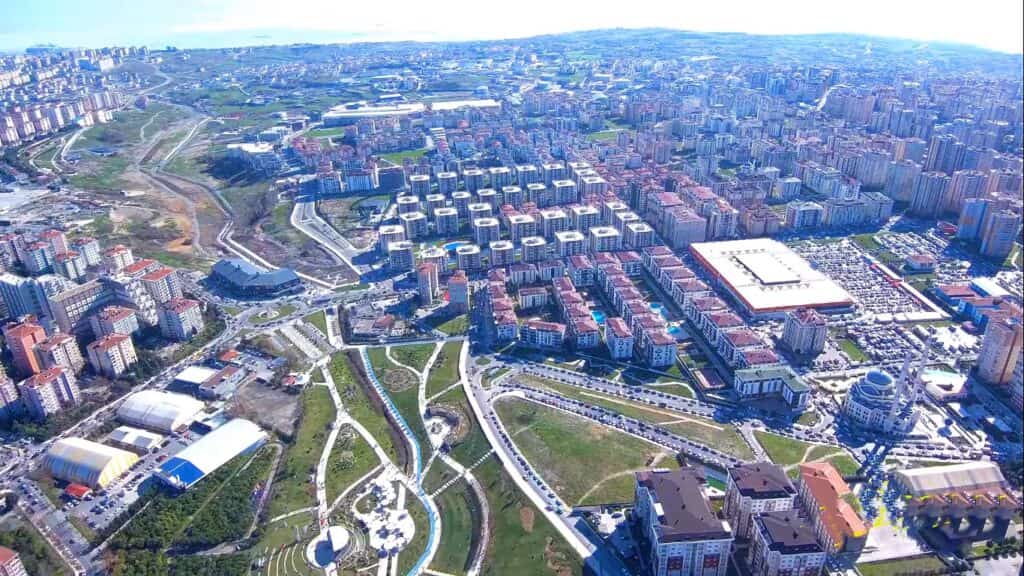
The Republic of shopping is the nickname of Beylikdüzü, as its is pinned plenty of shopping malls and stores in it. This region, located on the European side of Istanbul, is one of the western sides of the city, which enables the residents to observe the sunrise and sunset from the Marmara Sea. The Beylikdüzü used to be a garden in the Ottoman era, with Greek Farmers and peasants who migrated there because of excellent weather and harvesting land.
After the 1999 earthquake, the neighborhood experiences a shift in migration from other neighbors who were afraid of the further consequences of the earthquake due to the highly new infrastructure in place and the quality of the material. It must be pointed her that this region recorded as the highest increase in real estate value compared to other neighborhoods and has a truly alive and strong trading or financial transaction in place.
After the expansion of Metrobus, or the BRT line to this area, the population grew, and the value of apartments also. However, still, the rental or purchase price of housing or flats in this area is considerably lower than in other neighbors, almost. This reason followed by the successful experience of multi-national residents, from the Middle East to Europe and the United States, has made Beylikdüzü a hot destination for migrants, ex-pats, and people who are willing to spend their retirement times in Istanbul.
The area has a grandly luxurious district, named WEST ISTANBUL MARINA, consisting of modern villas, a set of harbors for yachts, and fancy restaurants or bars. According to the American weather forecast, Beylikdüzü is the coolest and windiest neighborhood in Istanbul, with the temperature mostly standing 2 degrees Celsius lower than the city center, in Fatih.
8. Fatih: The Old Town
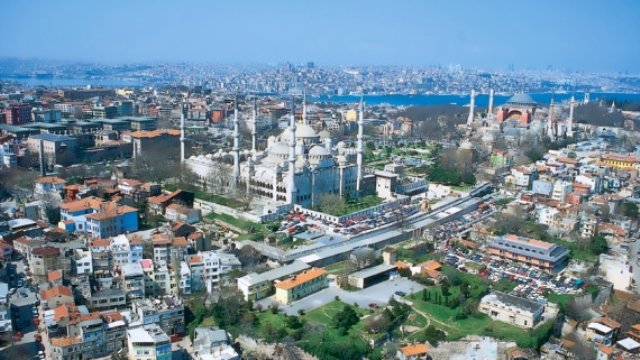
Named after the Fatih Sultan Mehmet, the conqueror of the neighborhood is called the Istanbul alive museum itself. Apart from the concentration of historical areas in this region, the Fatih carrying the flag of the first-place people ever start residing. In fact, the Fatih was the beginning point where the city of Istanbul start emerging to become a metropolitan. One of the historical discoveries harvested by excavators states that the first habitants were here 8500 years ago.
As the Istanbul old town, the Fatih neighborhood ends at the Marmara Sea and Golden horn. The area used to be determined as its walls stretched from Eyüp and Zeytinburnu areas. Although the wall used to separate the Fatih area from the Marmara Sea, sad to say that it no longer exists. As said before, due to the long historical background, you can observe the remained structures from three empires here, Ottoman, Byzantine, and Roman. Hagia Sophia, Topkapi Palace, Sultan Ahmet Mosque, and the Spice Bazaar are just a few examples of the deeply historical buildings that must see. It should be added that the area is connected with one of the longest underwater tunnels, the Eurasia Tunnel, a state of art, that connects the Fatih to the Kadikoy.
There is no need to exaggerate the density of educational institutions, schools, and high schools here. The Fatih area fairly is the spontaneous center of academic honor is Old Town Istanbul. Its diamond is safe to say to be the Istanbul university, the very first university in Istanbul, and a shelter for the architect and natural science seekers.
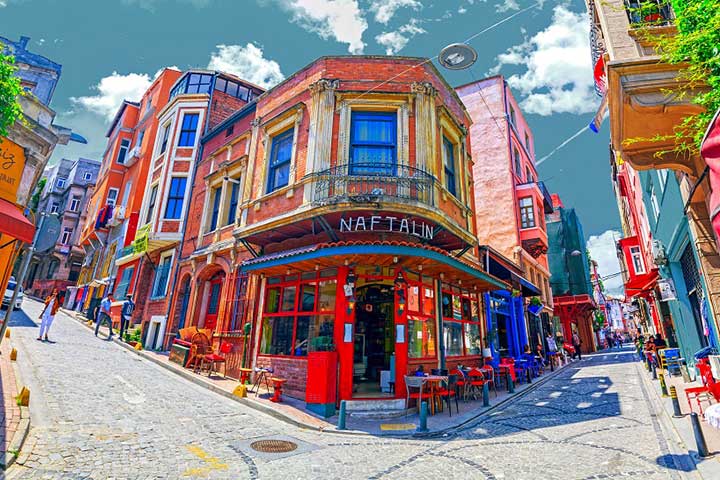
The confidence is up when we want to talk about the accessibility example of transportation, this area provides the easiest and fastest reach to everywhere with plenty of bus lines, BRT, Trams, and Metro, and last but not least, the boat ferries. Another historical place worth visiting is the Sirkeci Station, the first railway station that used to connect Istanbul to Europe, however, it turned into a museum.
The area is highly expensive for buying or renting any property, and it does not seem logical to do investment in the real estate market here as the development of the area is reached to peak. This area is an aggregation of Greek, Armenian, Jews, and Georgians. The population density of each nation observes fluctuation, except for the Armenians, who never left the district. Sulukule in Southwestern Fatih is the Gypsy hub of Istanbul, and it is suggested to have a visit here.

